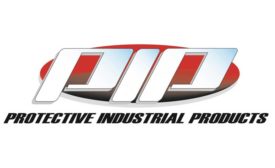Home » Keywords: » data collection
Items Tagged with 'data collection'
ARTICLES
Company prioritizes ESG in workplace protection on new sustainability journey
Read More
Honeywell expands smart energy offering with underground utility locating and data capturing services
Solution enables utility companies to precisely locate utility lines with satellite navigation technology, reducing operational costs, carbon footprint and administration with reusable data
July 14, 2022
Transform turnarounds
How Industry 4.0 can improve the shutdown process and plant maintenance
April 14, 2022
Automation driving efficiencies in the oil and gas sector
Learn how organizations can increase throughput, make assets more reliable and improve upon safety practices
March 3, 2022
Get our new eMagazine delivered to your inbox every month.
Stay in the know on the latest safety trends.
SUBSCRIBE TODAYCopyright ©2023. All Rights Reserved BNP Media.
Design, CMS, Hosting & Web Development :: ePublishing









